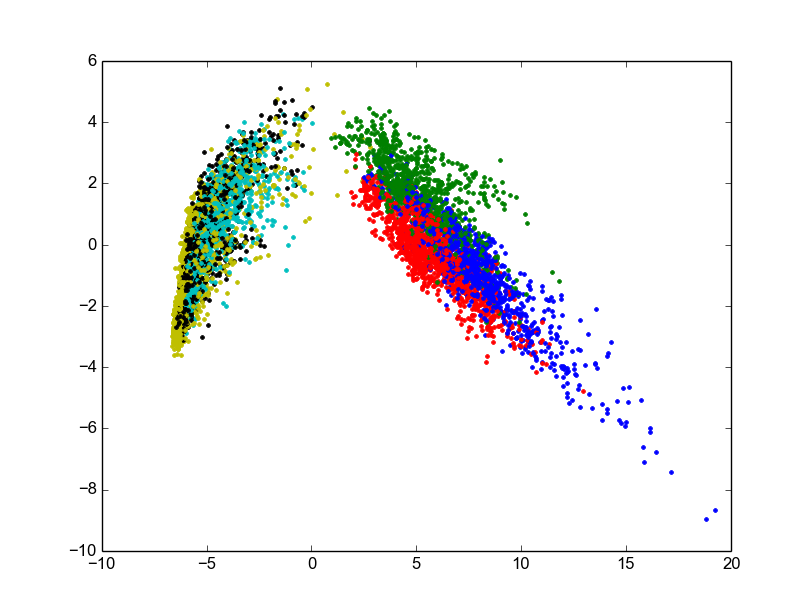UVic Robotics Master. Pattern Recognition Homework 3
Fork this repository and write code to complete the assignments. When executed, your code must print the answers to the questions in each section, alongside the results that led to these conclusions. Module textwrap can be used to format long paragraphs of text and make them look nicer. An IPython notebook is an acceptable alternative to a plain python program.
First upload the completed assignment to the course Moodle for grading; then, correct all the issues marked by the teacher and push it to GitHub for the final evaluation.
This is a personal assignment, please complete it individually.
- Q1 Implement the K-Means algorithm. The K-Means technique is an iterative method to find the best K cluster centers of a set of data according to the reconstruction error (i.e. accumulated distances from the real points to their assigned centroids. Each iteration, the algorithm computes the assignemnt of each point to the closest centroid, and then recomputes the centroids based on the points that have been assigned to them.
Here is the pseudocode for the K-Means algorithm:
Initialize the K cluster centers C# To initialize use random values¹ or, alternatively, K random points in the dataset.While Y changed during the last iteration do:
# Assign each point to the nearest centroid².-
Y[i] = nearest_centroid(X[i], C)
# Recompute each centroid as the mean of the points assigned to it². -
C = recompute_centroids(Y, X) Return C#Final stable centroids.
¹ To avoid degenerate solutions, make sure that the random values are in the range taken by the components of the data set vectors.
² Nearest_centroid and recompute_centroids have to compute respectively:
- Q2 Try the implemented K-Means algorithm with K=3 in the first two dimensions of the iris dataset, so you can visualize it. Then try it with the full four-dimensional vectors and report the MSE for each cluster and globally. Optional: Compare how far are the clusters from the actual center of each class (i.e. how well the clusters predict the classes).
- Download the Human Activity Recognition Using Smartphones Dataset and experiment on it using PCA and K-Means (or even the classification techniques from last week, if you feel like it).


